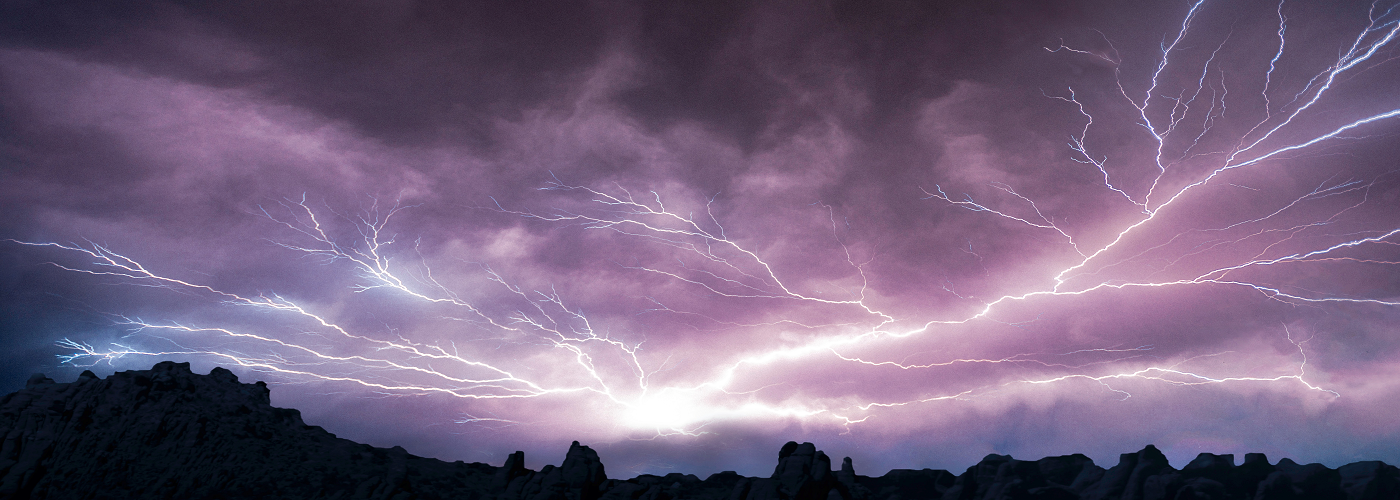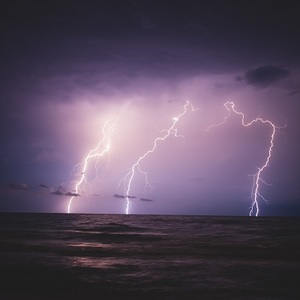

In the US, the state of Florida has long been known to see the most lightning bolts of any state. On average, the sunshine state can expect around 1.45 million strikes a year. This equates to about 25 strikes per square mile. Then the next states in line are also located along the Gulf Coast. When we widen our view out across the globe, there are other areas that do experience a higher frequency of lightning strikes. Many of these places are located near the equator, as this part of the world can see the warm and unstable type of atmosphere conducive for thunderstorm development year round.
If you are looking for the most electrified place on Earth, look no further than the Lake Maracaibo region located in northwest Venezuela. On average, 140 to 160 nights per year see massive thunderstorm complexes move through that produce around 28 lightning strikes per minute, for several hours at a time. At times, this results in an impressive 40,000 strikes in one night. This averages out to around 250 lightning flashes per square km (or 250 flashes per 0.4 square miles) per year. For this reason, the area has been awarded a place in the Guinness Book of World Records as being the area with the highest concentration of lightning strikes in the world. Let's dig into what makes this area the most lightning-prone region on planet Earth.
Some of the factors that make this part of Venezuela a lightning hotbed are related to the wind patterns in the region that are influenced by the shape of the coastline and the topography of the region. Lake Maracaibo is surrounded by a fork in the Andes Mountain range that borders it on three sides. Meanwhile, the north shore of the lake faces the Caribbean Sea, and is the only side of the lake not bordered by a mountain range. During the day, the powerful, tropical sunshine evaporates water off the lake and surrounding swampy areas. This acts to prime the atmosphere with moisture. Then, as evening approaches, the northeast trade winds from the Caribbean Sea funnel southward through the gap in the mountains on the north side of the lake. At the same time, the mountain tops along the periphery of Lake Maracaibo start to cool off more quickly than the valleys below. This cooler air atop the mountains is more dense (heavier) than the air below, which creates a breeze that flows down the slopes, known as a mountain breeze. As the mountain breezes collide with the moist trade winds in the Lake Maracaibo region, the result is growing cloud plumes which evolve into large clusters of thunderstorm activity. These bands of thunderstorm activity tend to stay over the area for several hours at a time.
Back in the colonial days, the persistent lightning over the region acted as nature's version of a lighthouse. The flash density has been known to be visible up to 250 miles away over the Caribbean Sea. This lightning hotbed gave sailors a bearing on where they were in relation to the coast of northern Venezuela!
